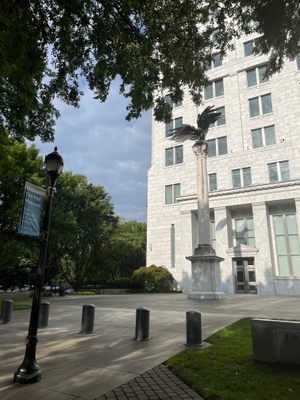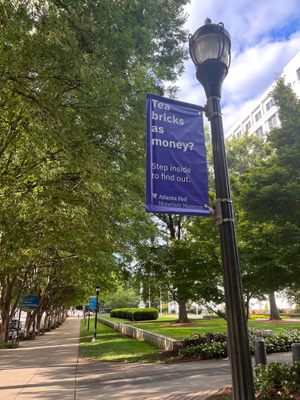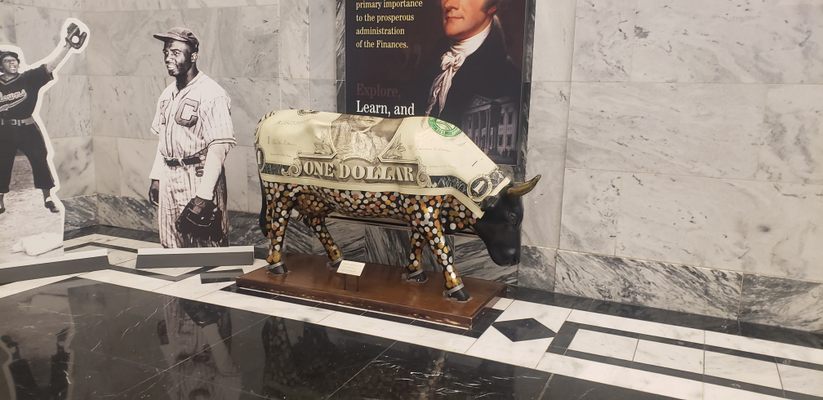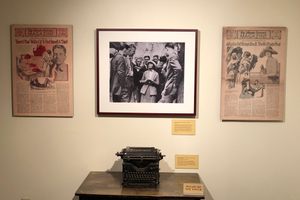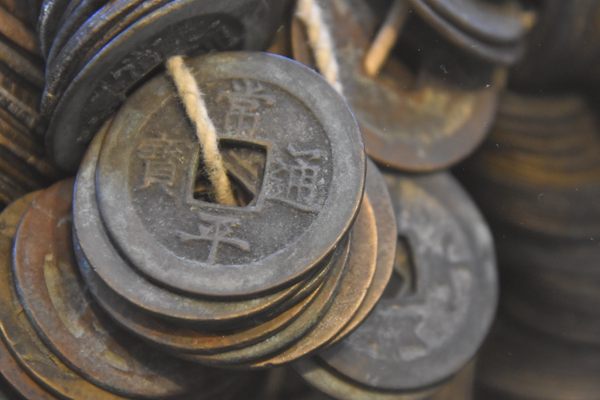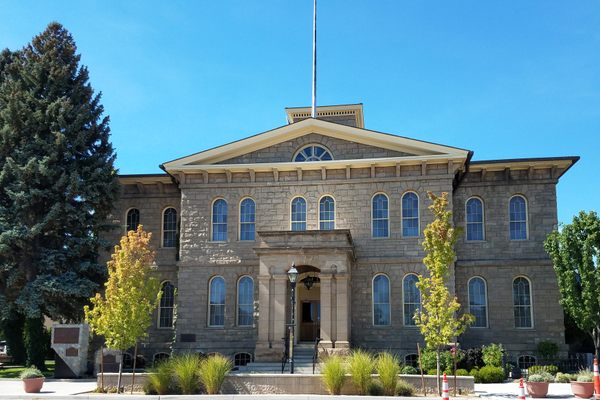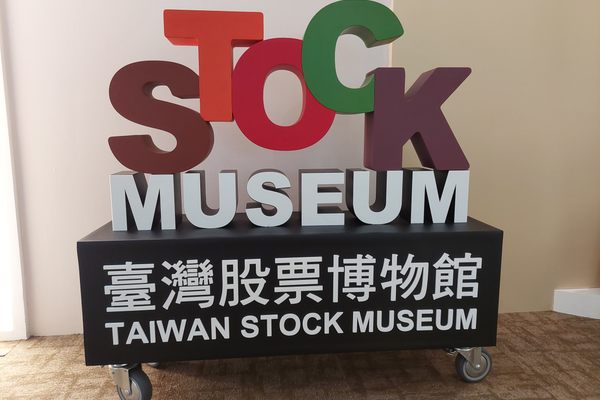About
The convenient payment methods we’re used to today weren’t always the norm. Long before digital payments, credit cards, or even cash existed, people all over the world came up with differing systems of payment. For example, in part of the Congo, throwing knives were used as both tools and currency; the Limba people of Sierra Leone once bartered with salt baskets. In many parts of the world, cowrie shells were an early form of currency. For everything you wanted to know about the evolution of money as well as an in-depth exploration of the U.S. economy, a visit to the Federal Reserve Bank of Atlanta’s Monetary Museum is in order.
In glass cases, you can see a visual progression of American money, from English shillings to paper notes independently printed by early colonies, to post-Revolution coins, and Civil War-era bills issued by Union and Confederate governments. The lack of centralized control created confusion and chaos, leading to the establishment of the Federal Reserve System in 1913. After ups and downs including the Great Depression, the Federal Reserve’s stated aim was to create financial stability for the U.S.
The museum contains interactive exhibits that help visitors understand the past, present, and future of world economies. Guests can engage with a bank teller of the future and pull a lever to weigh of a small brick of gold. Test your inflation knowledge in Myth vs. Reality; attempt to increase your hypothetical net worth in a simulation called Go with the Flow; and move up the ranks from trainee to investment manager in the Banker’s Challenge Game. A display on counterfeits includes a magnifying glass used to examine various bills for defects.
Perhaps most exciting of all is the high-speed processing center, where on a daily basis, millions of dollars are counted, sorted, and sometimes shredded (if the sensors suspect a bill is flawed, counterfeit, or displays weakened security features, the note is deemed unfit for commerce and destroyed). Yellow robots with flashing lights transport cash buses to and from the vault. Visitors can leave with a small bag of shredded Federal Reserve notes found in the reception area near the Cash Cow, a life-size bovine sculpture painted in 2003 by Cheryl Linn Myrbo as part of the Atlanta Cow Parade.
Related Tags
Know Before You Go
The museum is open Monday through Friday from 9 a.m. until 4 p.m. Admission is free, but you’ll have to pay for parking in a lot or space on 11th Street using Parking.com or ParkMobile. Expect to walk through a metal detector, provide a government-issued ID, and store your belongings in a locker. As of August 2022, visitors must show a Covid vaccination card or a negative PCR test from within the past seven days. Photography and video are not allowed. Most visitors spend about an hour at the museum.
Community Contributors
Added By
Published
September 6, 2022



